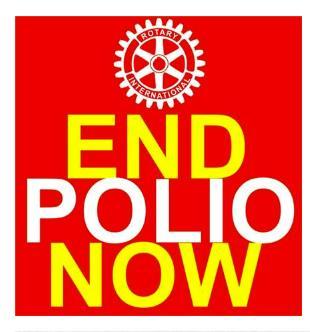
1 minute read
What my polio-stricken mother would say about vaccination
Health Apr 21, 2019 3:58 PM EDT

Advertisement
I was one year old in 1949 when polio struck my mother. As I got older and could understand why she was in a wheelchair, she told me about her time in the hospital — more than a year — most of it an iron lung. Late at night she would lie awake, listening to the rhythmic pumping of the iron lungs on her polio ward and to the whooping cries of babies with pertussis that echoed down the hospital’s corridors.
That scene of polio patients in iron lungs and babies with pertussis struggling to breathe was played out in hospitals across the country. In 1949, 42,000 cases of polio were reported in the U.S., along with nearly 70,000 cases of pertussis. There were also more than 600,000 cases of measles reported, though the actual number was probably more than 3 million since most measles cases were never reported to health departments.
In some ways my mother was one of the lucky ones from her polio ward: She left the hospital alive. And though she had reduced breathing capacity and permanent paralysis of both legs and one arm, she could still breathe on her own. Some of her ward mates went home in iron lungs; others died.
When the Salk polio vaccine became available in 1955, my mother made sure my brother and I lined up to get it. And when the Sabin oral polio vaccine came along, we got that one, too. It’s not that my mother rushed us to the doctor for all the latest treatments. We were rarely in a doctor’s office. But she knew all too well the value of immunization.
I was 18 when my mother died from complications of polio. A year later, I was in an immunization line at boot camp. The military didn’t waste time trying to figure out what immunizations we recruits had previously received. We just got them all. When it came to immunization, the military and Mom saw eye to eye.
Click here to read more.












